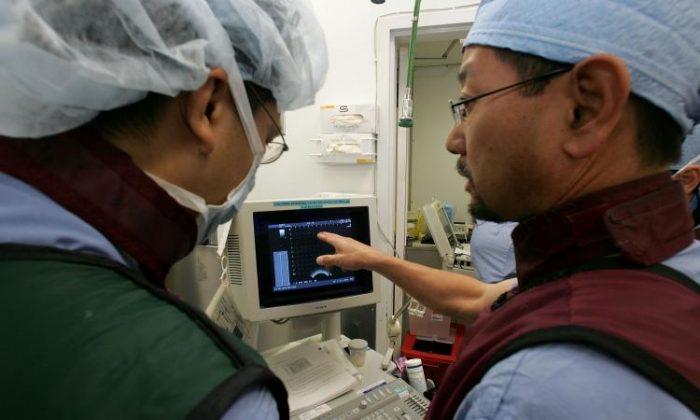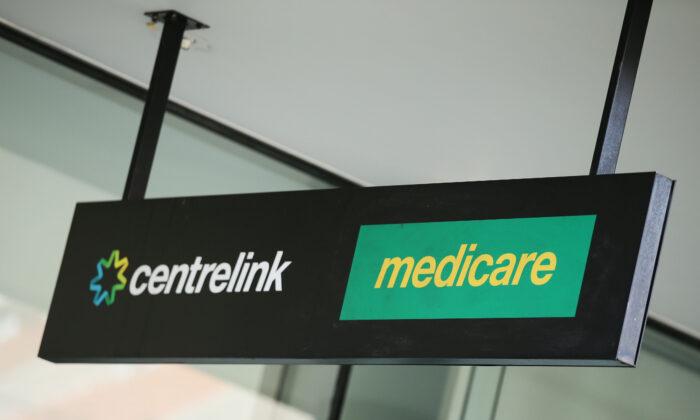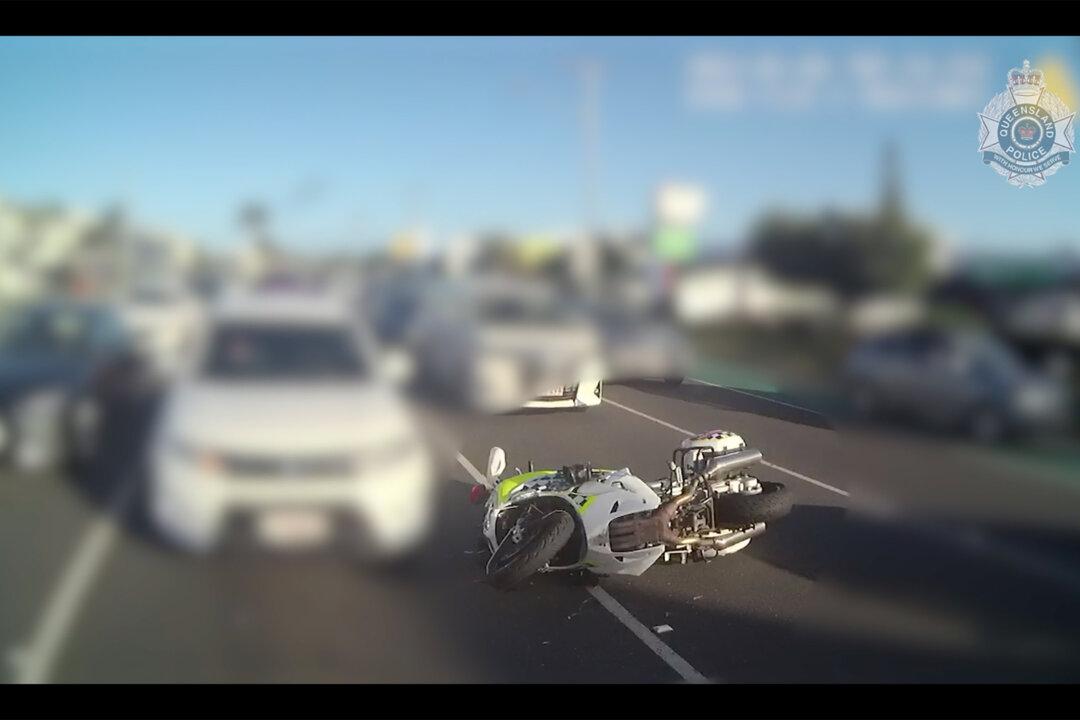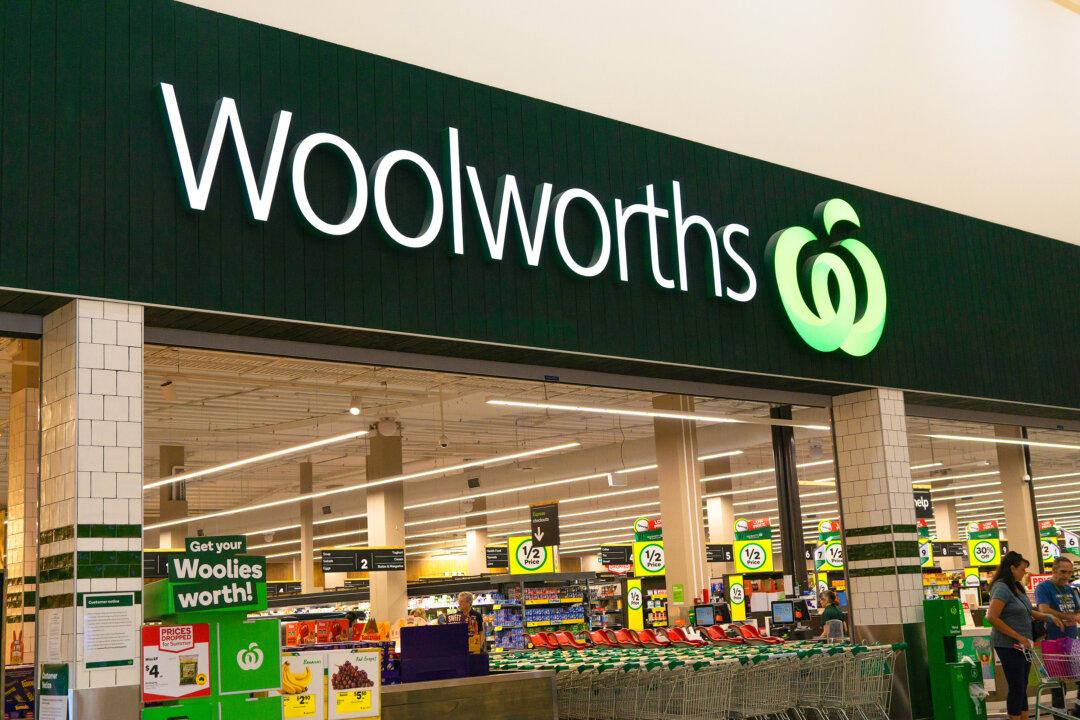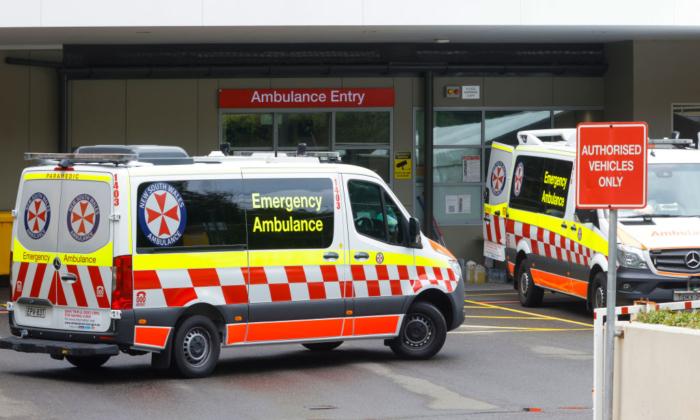Prostate cancer is Australia’s most diagnosed disease and the costliest to treat yet major public and private sector differences mean access to preferred care for many men is too expensive.
Private patient costs for a robotic prostatectomy, a standard surgical procedure for removal of the prostate, ranges between $12,000 (US$8,200) and $30,000 (US$20,060) nationally, new research shows.
Despite increasing demand, though, it’s not routinely offered by state and territory health services.
Similarly, high numbers of patients experience loss of sexual function and bladder control. But options for corrective surgery in the public system are limited, forcing men to pay thousands in out-of-pocket costs to try to regain basic function and restore quality of life.
More needs to be done to restore equal access, according to Prostate Cancer Foundation of Australia chief of mission Jeff Dunn.
Although five-year survival rates have lifted from 60 percent to 95 percent over the past 40 years, Dunn says incidence and mortality is still influenced by where Australians live, what they earn and their cultural and ethnic status.
“The fact is that while we have among the highest survival rates in the world, survival and survivorship outcomes are not enjoyed by all,” Dunn said.
“The gap in prostate cancer mortality rates between Aboriginal and Torres Strait Islander people and non-Aboriginal and Torres Strait Islander people is widening, and those in socio-economically poorer areas and living in regional and rural communities are still disproportionately disadvantaged by the burden of death and disease that cancer imposes.”
Regional Australians diagnosed with prostate cancer have, on average, a 24 percent higher risk of death within five years compared to those in cities.
Aboriginal and Torres Strait Islander men are nearly 50 percent more likely to die.
“These are scary statistics and we need to support marginalised communities with better access to high quality health services and assist the patients and families who are affected,” Dunn said. “It’s an unacceptable fact that we have a health system that simply locks some people out.” Poorer outcomes are also linked to regional and rural health workforce shortages and the unavailability of the latest imaging techniques needed to monitor prostate cancer so it can be treated faster. About 18,000 Australian men are diagnosed each year and over 3,300 of them die.
Many also develop anxiety or depression as a result of their treatment and its side-effects, contributing to a 70 percent increased risk of suicide.
Prostate cancer has one of the highest survival rates of all cancers, with 95 percent of men likely to survive five years or more.
About 220,000 Australian men are alive today after a diagnosis.
